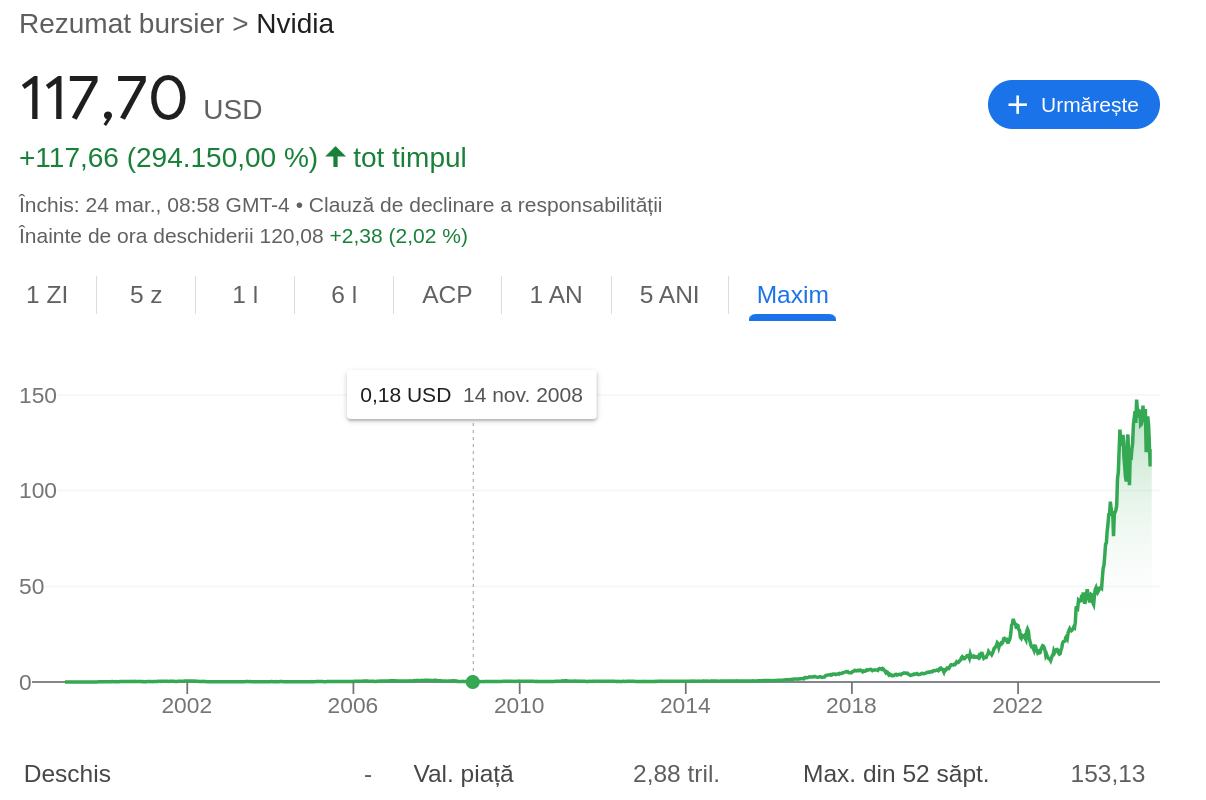
1. Strict Stock Selection for 100x Potential
To maximize the chance of capturing future giants, focus on companies that meet these strict criteria:
A. Growth Metrics (Find Future Industry Leaders)
- Revenue Growth > 15% YoY (Consistently for 5+ years) → Shows strong market demand.
- Earnings Growth > 20% YoY (Sustained for 5+ years) → Profitability scales with growth.
- Free Cash Flow Growth > 15% YoY → Ensures they generate real cash, not just accounting profits.
B. Competitive Advantage Metrics (Hold Forever Companies)
- High Gross Margins (>50%) → Pricing power & brand strength (e.g., Apple, Microsoft).
- Net Profit Margin > 20% → Indicates near-monopoly status (e.g., Nvidia, Google).
- High R&D Spending (>10% of revenue) → Signals innovation & long-term moat (e.g., Tesla, Amazon).
- Strong Market Share (>10% in a growing industry) → Future dominance potential.
2. Minimal Effort Portfolio Management
Since you invest money only when available and rarely sell, the system should run with low interaction:
A. Auto-Filter Exceptional Stocks Only
Use a stock screener that updates automatically with the above criteria, highlighting only a few high-potential stocks each year.
B. Only Buy When Stocks Are Undervalued
Since you want minimum intervention, invest only when:
- Stock is -30% from ATH → Even great companies go through short-term corrections.
- Forward P/E < 30 for growth stocks → Avoid overpaying.
- PEG Ratio < 1.5 → Ensures you don’t overpay for high growth.
3. Never Sell Unless…
You want to hold stocks for decades, so selling should only happen in exceptional cases:
- Company Loses Its Competitive Advantage → Example: Intel lost its leadership to AMD.
- Revenue or Profit Declines for 3+ Years → Indicates a long-term issue, not just a bad quarter.
- CEO Change That Harms Vision → If a visionary founder leaves (e.g., Steve Jobs, Jeff Bezos), reassess.
- Major Disruption in Industry → If AI replaces a company’s business model, consider exiting.
4. Portfolio Automation with Minimal Monitoring
- Google Sheets or Python Script to automatically track stock performance.
- Stock Screener to Auto-Update → Set it up once, check only when investing.
- Use ETFs for Sectors You Can’t Track → Example: If you don’t have time to research biotech, just buy a biotech ETF.
5. Final Strategy Summary: “The 100x Minimalist Portfolio”
- Only buy exceptional companies with long-term moats.
- Invest only when the stock is undervalued (-30% from ATH, PEG < 1.5).
- Sell only in extreme cases (market leadership lost, declining profits for 3+ years, disruptive innovation kills the company).
- Use automated tracking but interact with the portfolio as little as possible.
This setup ensures you maximize long-term compounding while minimizing time spent managing investments. 🚀
Disclaimer:
This material is for educational purposes only and does not constitute financial advice, investment recommendations, or a guarantee of future performance. Any investment decision should be based on your own analysis and, if necessary, with the consultation of a financial specialist. Stock market investments involve risks, including the loss of capital.






